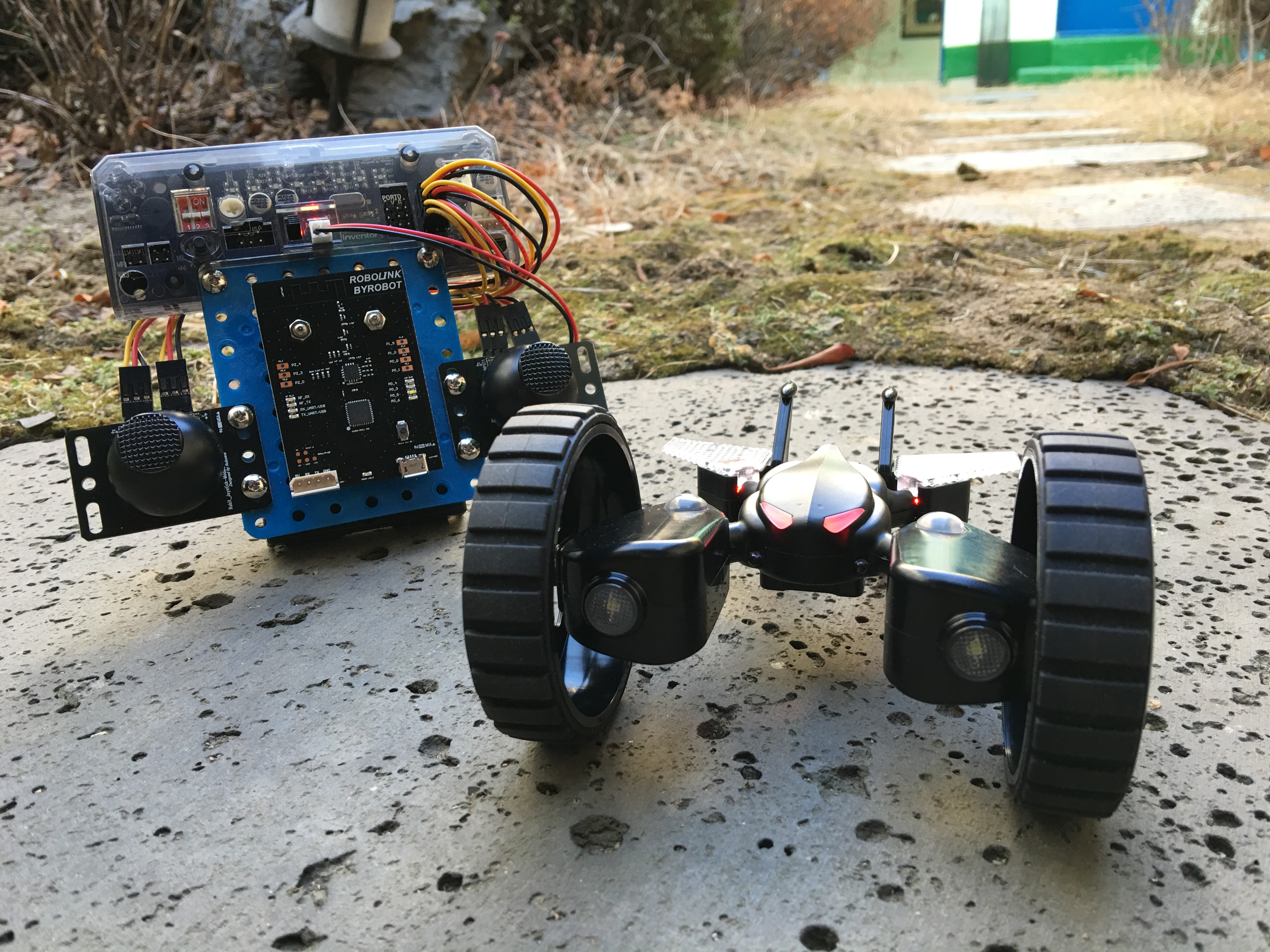Students who learn to code obviously gain coding skills, but there are other soft skills they will learn as well. For example, by using a robot kit, students can learn both to build the bot and to code its behavior. As part of a group or team, they learn to work together, divide labor, and set priorities. These and other skills are often transferrable to future jobs or classes, making coding a valuable activity for students.

Critical Thinking and Problem Solving
Coding requires critical thinking. It takes time and energy to understand the problem and figure out the best way to tackle it. Is the drone kit they just coded not flying as expected? Why not? Exploring the cause and effect relationship, which can be seen immediately in bots after loading a program, can help students identify the problem in the code, and give them clues about how to fix it. They might have to analyze lines of code until an error is found or come up with an entirely new code to deal with a problem that arises. They might have to get creative in their problem-solving or look to their peers’ code for ideas, building upon each other’s work.
Teamwork and Collaboration
Building and coding a programmable robot is a natural outlet for teamwork and collaboration. First comes designing the bot as a team, and after building it, multiple people can work on the code. Learning how others created their code, asking questions, and working together to find a solution to a problem are all valuable skills learned through coding as a team. Communication is a large part of building and programming a bot, especially if the builders are not the coders. In the professional world, it’s essential that coders communicate clearly with their team or clients, so these are great skills for students to practice. They will need to be able to interpret task requirements and what’s possible in a given time frame.
Persistence
Code doesn’t always do exactly what the coder intended. Something might go wrong or there might be errors that are difficult to troubleshoot. It takes persistence to figure out how to get the drone to fly exactly how the student intended. Whether it’s the drone using its sensors and flying using a pre-determined program, or using a remote, it’s possible something is off, and the drone unexpectedly crashes to the ground. Finding and fixing problem after problem until the programming works correctly requires persistence. When confronted with an obstacle, they won’t give up—they will code around it. If something doesn’t work, they’ll have to go back and try again, tweaking the code until the bot completes its task.
Patience
Coding requires patience. It is often not a fast process and can be frustrating. It involves reading, researching, and practice, and coding languages are constantly evolving. Coders never stop learning. Taking the time to pay attention to small details is the key to a successful program, requiring a resilience that only comes through patience. They will make mistakes, and it will be frustrating, but patience and persistence will see them grow as a coder and find a solution.
About Robolink
Since 2012, Robolink has encouraged students to engage with STEM (science, technology, engineering, math) using cute, fun, educational robotics kits that are packed with real tech. The Robolink team is passionate about robotics, engineering, and education.They believe in nurturing future inventors and innovators, operating two learning centers in San Diego, CA. They also run after-school programs in 15 elementary and middle schools throughout San Diego County. Making STEM education accessible, engaging, and fun for both students and hobbyists is their ultimate goal.
Gain new skills and learn to code with bots at Robolink.com
Original Source: https://bit.ly/2n5dfoz

 Log in with Facebook
Log in with Facebook 






